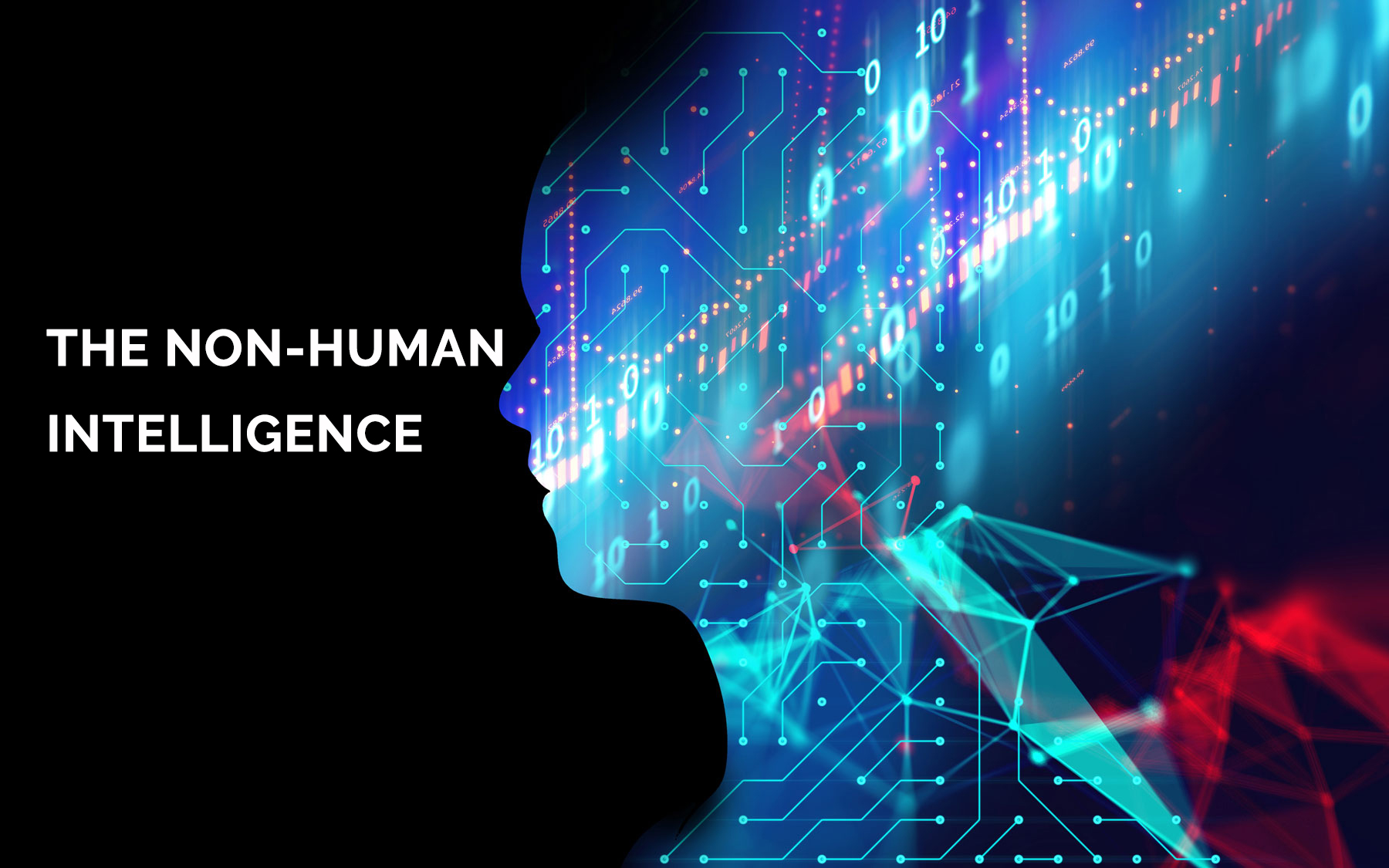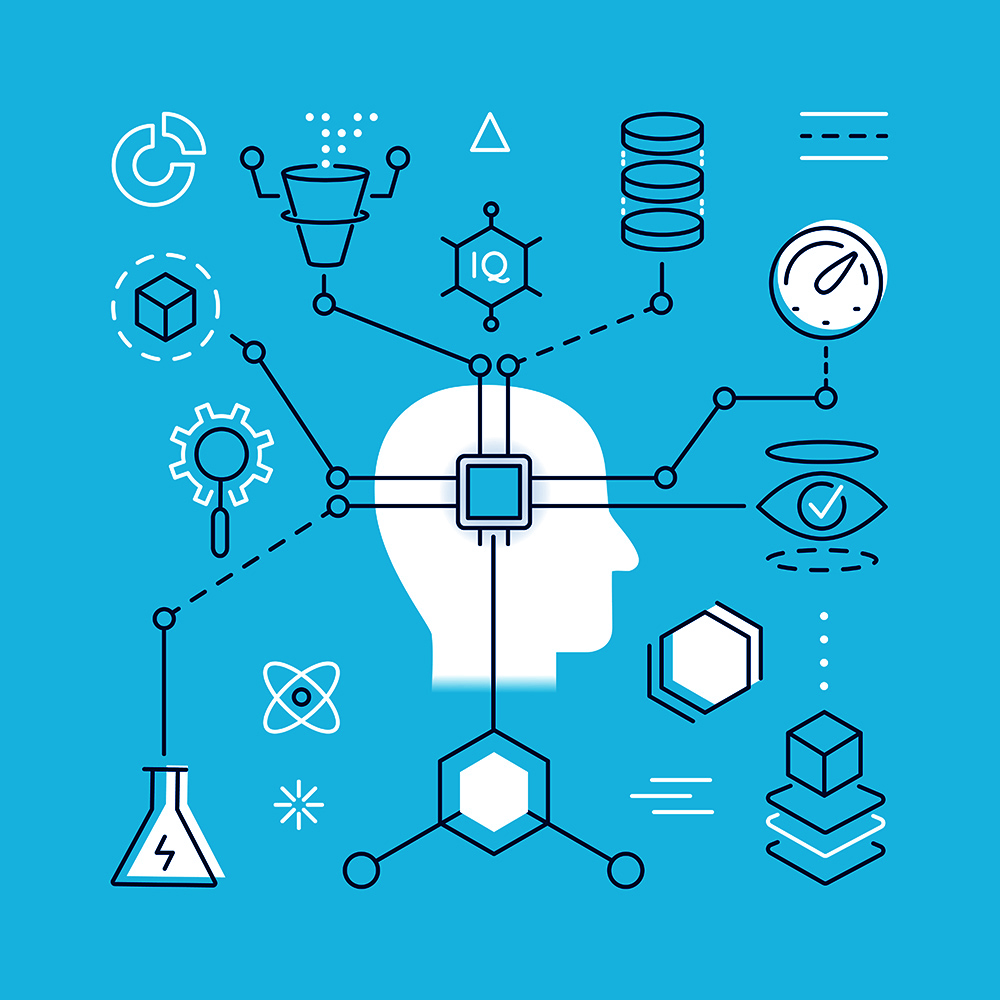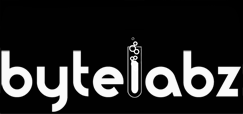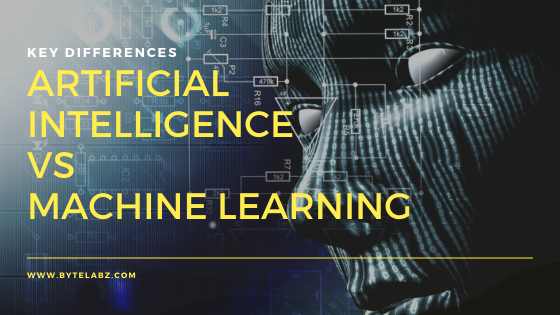Artificial Intelligence is the most talked-about innovation of the 21st century and later, it’s been everywhere, in every talk shows, in the news, in the programs of the top universities, schools or companies. But how many of us really know Artificial Intelligence?
For common people, Artificial Intelligence is “the car that drives itself” like Google cars or Uber cars or the auto-completion in the “smart”-phones or the automatic “real-time” or more commonly real-time translation from one language to another language by the same “smart”-phones.
You can find that most IT professionals and students will associate Artificial Intelligence with Machine Learning which includes Neural Network, Bayesian logic, Support Vector Machines, etc.
Only specialists can rightly define and understand the scale of what is called Artificial Intelligence.
The Non-Human Intelligence

Artificial Intelligence is also called non-human intelligence. We need to go deep into non-technical and philosophical concepts in order to understand it correctly.
Artificial Intelligence supposes that we can define two notions: Humanity and Intelligence. Actually they can be linked one to each other as we hardly believe there could be other intelligence than ours.
Given the example of nature and how we know animals, plants and insects, we can conclude that there do exist other forms of intelligence that are not human.
The intelligence of animals usually and their capacity to organize themselves and their abilities different from humans give us another insight into the role played by intelligence in various life forms.
Although we regard the intelligence of such groups of animals, plants or insects as inferior and even largely inferior to our human intelligence, this does not change the fact that we have everywhere on our planet numerous proofs of Artificial intelligence.
As for the definition of human intelligence, we are unable to give a precise definition of what it is because we are unable to give a precise definition of “what we are”. Since the beginning of our existence as humans – Homo Sapiens – more than 200,000 years ago, we have searched for answers everywhere, developed arts, build science and technology over the years and the civilizations.
Human intelligence is linked to the nature of our brains and of our evolution of which we know factually but in a certain limitation. Our modern civilization has reached a point of technology where we are able to build intelligent machines and while they still are our creation, the intelligent machines may as well demonstrate Artificial Intelligence.
Evolution of Artificial Intelligences
Automats
In the past, long before modern civilization, men used to build automats. Many complex automats were built by the genius of the ancient greeks. They were using hydraulic and mechanical mechanisms to move parts to build giant structures and in warfare technology.
While probably sophisticated the mechanism behind these automats could not have called “Artificial Intelligence”, they still were the continuation of the human mind through what was the technology of the time.
The Mechanical Dolls
In later centuries, more sophisticated automats were built. Automated dolls using clock mechanisms were massively built in Europe from the Renaissance to the 19th century.
In spite of being as close to the representation of a human as it was, they were only automats, very rigid, predictable and linear. They were inert and dead pieces of metals without life and without intelligence. It was still the “direct” product of human ability and human intelligence. Yet they could to some ways, give the impression of autonomous behavior.
The uncanny valley
When they started developed human-looking robots in the ’70s, Japanese engineers discovered the uncanny valley principle, the human disorientation and emotional response to a very lookalike automat. In fact, this is probably at the bottom of that mostly unexplored valley that human intelligence stops and that artificial intelligence appear.
Algorithms vs Artificial Intelligence

With the rise of computers and especially digital technology, applications of several mathematical principles were made possible. These mathematical principles gave birth to a class of algorithms known as the Machine Learning algorithms. Yet the automats and robots continued to inspire as the creation of human intelligence.
Anyway, as machines became incredibly more and more powerful, reaching computation speed of incredible scales, the Machine Learning algorithms started slightly to outperform humans in certain domains where it was believed that only the human mind could be the uncontested champion.
In 1997, the supercomputer Deep Blue became the first machine to beat a grand chess master (Gary Kasparov). The algorithms used were mostly brute-force based and not deep learning and as such, they hardly could be classified as Artificial Intelligence.
In fact what beat Kasparov was the superior computation capacity of the machine rather than a superior intelligence to the human mind.
In that case, it is not clear if we can speak of Artificial Intelligence or not. We mostly deal with a machine provided with very important computation capacity and relatively simple algorithms.
So where ends the algorithms, and where starts the Artificial Intelligence? The 1997 Deep Blue Machine, in fact, the combination of its hardware, its chips and algorithmic programmed with some code just proved that a team of programmers and engineers are able to build a machine to help them better play chess than a grand chess master. It is more of a man-machine association.
In fact, we haven’t seen (probably fortunately) any artificial intelligence in machines so far… they stay the sophisticated automats that men have always built, they are no longer made of bronze or steel but silicon. They do not use hydraulics or clocks to move parts but programming languages and the same as the other automats they are finite state machines.
Machines animated with artificial intelligence probably reside in that uncanny valley that we mentioned and we haven’t explored it enough to know what it could look like.
Machine Learning

Machine Learning is becoming a “buzzword” nowadays while the concept has been invented a long time ago. Decision algorithms using techniques from functional analysis and statistics appeared in the ’50s.
The main ML algorithm is probably the Artificial Neural Network algorithm which can be used for deep learning where the neurons are organized in different layers to reach a better learning quality, extracting progressively information from raw input.
The core principle of machine learning, artificial neural network, vector support machines, classification, and others, is the ability to feed itself from data (information) to learn, that is to say, to become better. Not a better man, but a better machine, ML, therefore, is an “information processor” unit using mathematics and/or probability and eventually inspired by the sour of human intelligence: the neurons.
Yet while impressively they may behave, the ML algorithms are the product of human intelligence, therefore pseudo-Artificial Intelligence. But to the opposite, the combination of big data +processors + network + ML algorithm may create a “primitive” soup from which digital life may emerge – and therefore we may speak of artificial intelligence.
A machine provided with artificial intelligence would be autonomous, make its own decisions, evolve absolutely independently of humans and may eventually show consciousness. The gap between ML algorithms and AI is the same as between life and death, between an inert stone and a living animal! The key factor for this to eventually happen is complexity.
Perils of AI
Before his death, the famous physicist Stephen Hawking made this warning in “Research Priorities for Robust and Beneficial Artificial Intelligence: An Open Letter”:
“We could one day lose control of AI systems via the rise of super-intelligences that do not act in accordance with human wishes – and that such powerful systems would threaten humanity. Are such dystopian outcomes possible? If so, how might these situations arise? …What kind of investments in research should be made to better understand and address the possibility of the rise of a dangerous super-intelligence or the occurrence of an “intelligence explosion”?”
Artificial Intelligence is non-human intelligence. The sources of such non-human intelligence can be Nature, ants for example.
It could be the possible byproduct of human activity in machines, learning machines co-operating into networks in uncontrolled ways. Actually any form of alien (non-human) civilization would appear to us as “artificial intelligence” … and if we want to enter religious considerations, we may well be the “artificial intelligence” of a god.
It may be a good time to prove, once more, that humans are not so stupid and are able to control their own creations for what they need and direct their own destiny because no matter how far we may have managed through, the odds will always favor the survival of the fittest!


